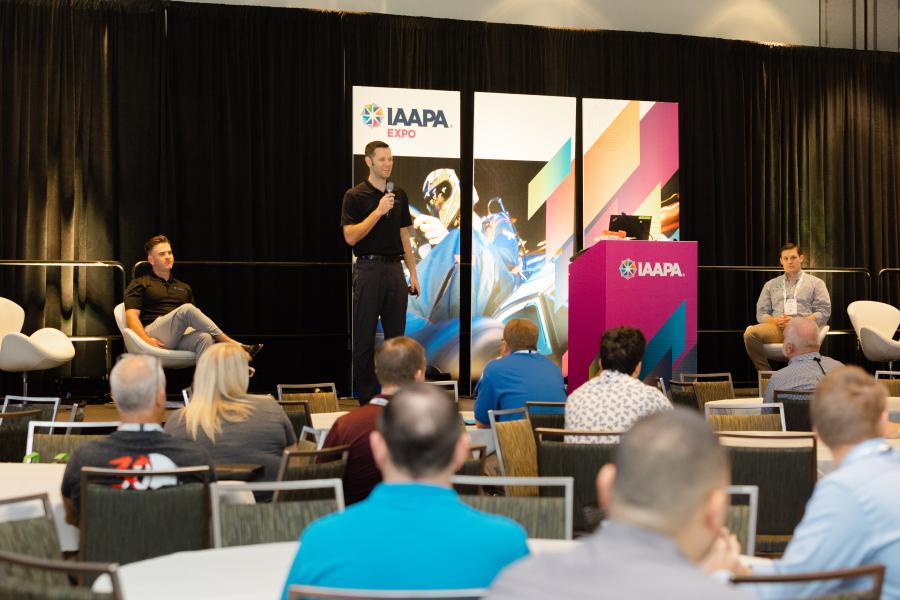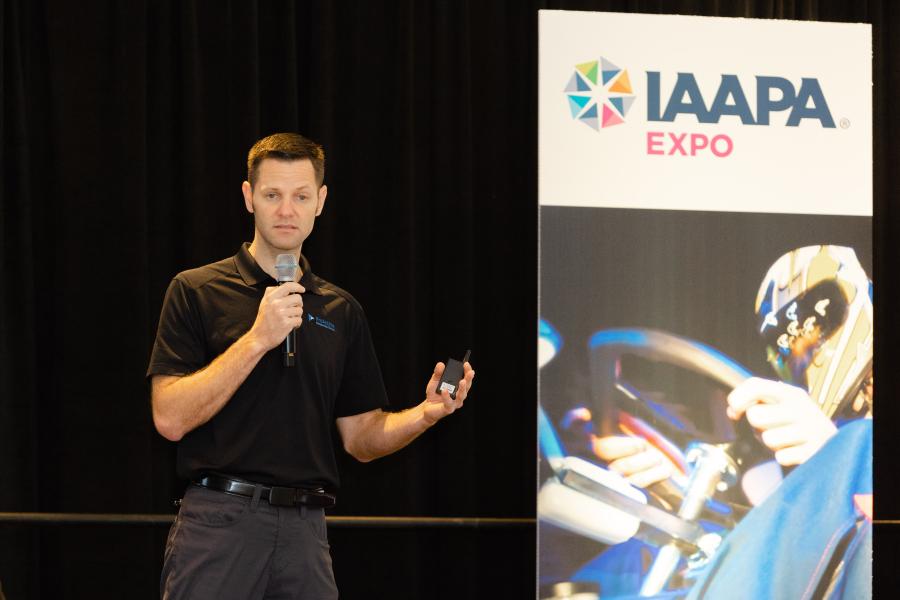Even if they don’t realize it, nearly every attraction faces the risk of an attack. Recognizing that threat, preparing for it, and dealing with it when it occurs was the focus of the EDUSession titled “Recognize, Respond, and Survive: Active Shooter Response Training.”
Chad Akers, co-founder of ProActive Response Group, doesn’t mince words when describing these awful dilemmas. “‘Active shooter situation’ is a politically correct term. Let’s call them what they are—active murders.” Andy Sexton, another co-founder of ProActive Response Group, says that using the FBI definition of an “active shooter” is not always accurate, as these situations don’t just involve guns. Any weapon like a knife, bomb, or even a vehicle can be used to kill, injure, or terrorize people at an attraction.
“‘Survive, survive, survive,’ that’s all that matters at your attraction if an attack occurs,” says Akers. “You need to have appropriate levels of protection at your facility and be able to recognize the threat signs. Be a survivor, not a victim.” Warning signs include employees or customers who have developed personal grievances, the appearance of disturbing social media posts, inappropriate interest in weapons, an uncharacteristic drop in work performance, and a withdrawal from normal social circles.
Akers encourages attractions to take a proactive approach to recognizing and preventing active shooter scenarios, as well as knowing what to do if they do occur. Simply put, it’s a matter of life and death. He reviewed straightforward and effective responses that will keep you and others alive in numerous attack situations. One remarkably simple one is to evacuate: “If the shooter is indoors, he’s not outdoors, so bust out windows if necessary to get outside.” Another is to secure the room you’re in during an attack, and the best way to do that is to lock the door.
He also encourages taking actions to respond to the attacker. One response is to recognize available improvised weapons you can use against an assailant, such as a fire extinguisher. He stresses safety in numbers and says that if you and your co-workers are face-to-face with an attacker, distract them and then charge them as a group. “If you don’t,” Akers stresses, “you die.”
He then explained how to interact with first responders and deal with the aftermath of an attack, noting that the individual steps he discussed are part of building a successful active shooter response program, which is crucial for all attractions. The program should include recognizing, responding to, and surviving an attack; providing life-saving medical equipment and hands-on skills training; and regular refresher training for every employee.
Akers says, on average, an active shooter event will cost an attraction $5+ million. Reducing this impact, or preventing it from happening altogether, involves developing an effective plan and training all employees on that plan.


